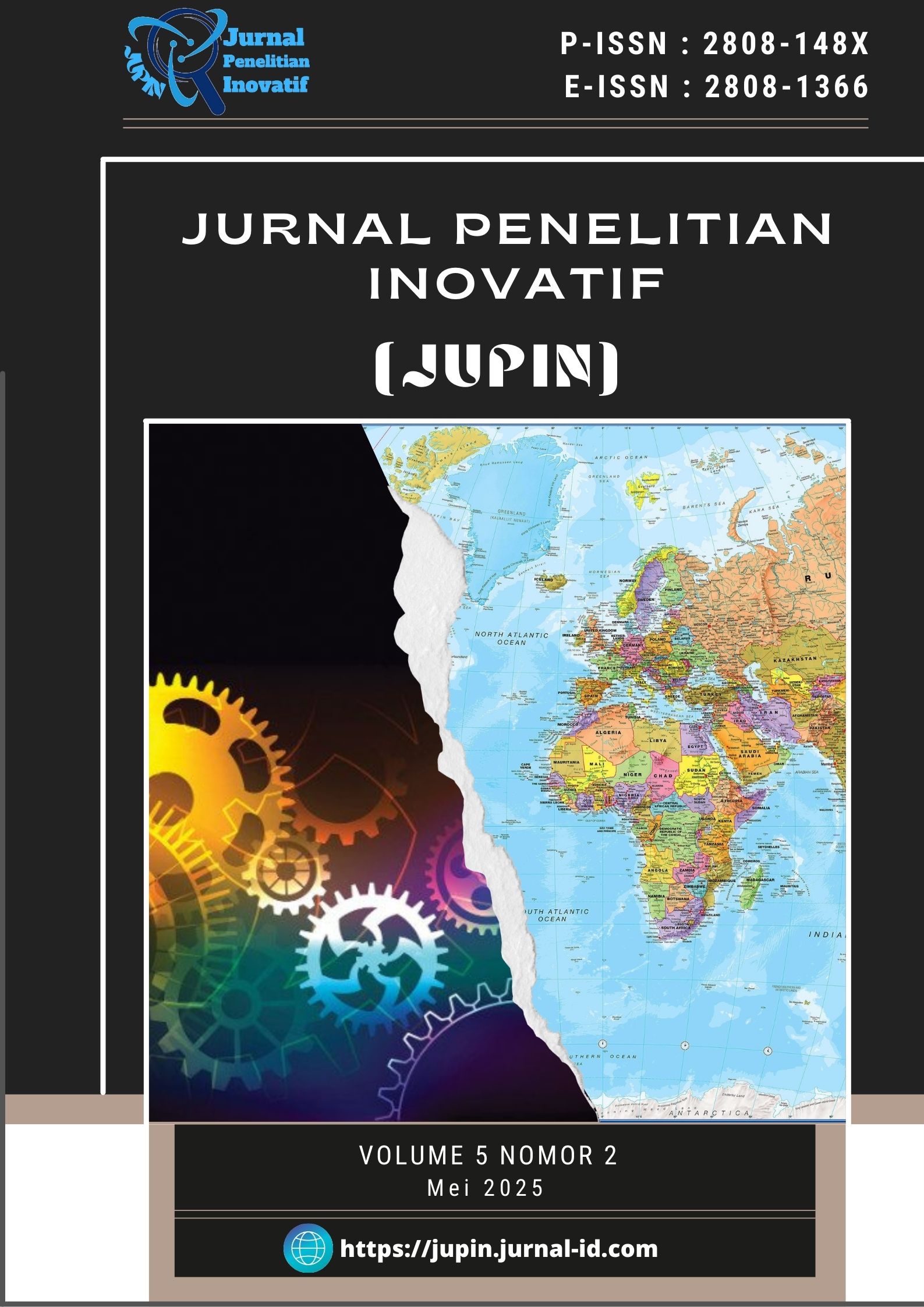Perancangan Sistem Monitoring Penggunaan Oksigen Berbasis Internet Of Things untuk Optimasi Biaya di Fasilitas Kesehatan
DOI:
https://doi.org/10.54082/jupin.1385Kata Kunci:
Efisiensi Biaya, Gas Flow Analyzer, Oksigen Medis, Internet of Things (IoT)Abstrak
Pengelolaan oksigen medis yang efisien merupakan isu penting di fasilitas kesehatan, mengingat ketidakakuratan sistem pencatatan manual dan potensi pemborosan sumber daya. Penelitian ini mengembangkan sistem pemantauan oksigen berbasis IoT yang terdiri dari mikrokontroler ESP32, sensor aliran OCS-3F dengan akurasi ±2%, dan antarmuka LCD 20x4. Sistem ini mampu mengukur konsumsi oksigen secara real-time pada rentang 1-10 L/menit sambil menghitung biaya penggunaan secara otomatis. Data yang diperoleh dikirim ke platform berbasis web melalui jaringan WiFi untuk pemantauan jarak jauh. Hasil pengujian menunjukkan akurasi pengukuran dengan tingkat kesalahan 0-10% ketika divalidasi menggunakan Gas Flow Analyzer Fluke VT305, memenuhi standar toleransi klinis. Implementasi sistem ini berpotensi mengurangi kesalahan pencatatan manual hingga 85% dan mengoptimalkan biaya operasional rumah sakit. Temuan penelitian tidak hanya menawarkan solusi praktis untuk manajemen oksigen yang lebih transparan, tetapi juga membuka peluang pengembangan sistem serupa untuk gas medis lainnya.
Referensi
Avaji, G. M., & N, Dr. V. (2024). IoT Innovations in Healthcare: Enhancing Patient Care and Operational Efficiency. International Journal of Research Publication and Reviews, 5(5), 11479–11485. https://doi.org/10.55248/gengpi.5.0524.1414
Farej, Z., & Al-hayaly, H. (2023). Accuracy Evaluation of Healthcare Monitoring System Based on ESP32 Microcontroller with IoT. 90–94. https://doi.org/10.1109/icesat58213.2023.10347330
Haunch, K., & Spilsbury, K. (2024). The opportunities and challenges of conducting observational research in long-term residential care environments. Innovation in Aging, 8(Supplement_1), 989. https://doi.org/10.1093/geroni/igae098.3186
Hermansyah, A., Habibi, I., Afifah, N., Azhar, I. S. B., Prasetyo, A. P. P., & Maulida, M. N. (2024). Heart Rate and Oxygen Saturation Internet of Things System (HROS-IoT) Uses Fuzzy Logic. Indonesian Journal of Computer Science, 13(5). https://doi.org/10.33022/ijcs.v13i5.4330
Jesenko, B., & Thalmann, S. (2024). Tool Support for Data-Driven Service Innovation: a Systematic Literature Review. International Journal of Innovation Management, January. https://doi.org/10.1142/S1363919624300046
Koca, Y. B. (2024). Control and Monitoring Systems for Hospital Medical Gases. 1–4. https://doi.org/10.1109/idap64064.2024.10710782
Le, A. T. N., Tran, H. N., Thi, T. Do, & Vo, V. (2024). Research Process (pp. 53–67). IGI Global. https://doi.org/10.4018/979-8-3693-6482-6.ch003
Lopes, M. (2023). IoE-Based Predictive Oxygen Inventory Management. 219–224. https://doi.org/10.1109/CSCITA55725.2023.10104693
Luo, X., & Xiang, F. (2024). High-flow nasal cannula oxygen therapy versus conventional oxygen therapy in patients undergoing bronchoscopy: a retrospective study. BMC Pulmonary Medicine, 24(1). https://doi.org/10.1186/s12890-024-03440-9
Majid, A., Jamaaluddin, Wiguna, A., Setiawan, H., & Farihah, A. (2023). Development of an Automatic Water Flow Sensor System Using ESP32 for Efficient Water Control. 1242. https://doi.org/10.1088/1755-1315/1242/1/012016
Manhas, V., Rawat, M., Kaurav, Y. S., Goyal, S., Dhir, S., & Sangineni, K. S. (2024). Cost analysis of different medical oxygen sources for a healthcare facility in India. Indian Journal of Anaesthesia. https://doi.org/10.4103/ija.ija_335_23
Mohapatra, H., & Mishra, S. R. (2023). Exploring the Sector-Specific Influence and Response of AI Tools: A Critical Review. ArXiv Preprint ArXiv:2307.05909, 1–24.
Moraes, P., Oliveira, A. C., Machado, A. F. A., Oliveira, A., Santos, C. A. G., Araújo, P., dos Santos, R. M., SILVA, T. D. S. D. A., & Nascimento, Y. A. F. C. (2024). Comparativo de ganho de energia fotovoltaica entre sistema de rastreamento solar usando esp32 e sistema fixo. Revista Fisio&terapia., 29(141), 11–12. https://doi.org/10.69849/revistaft/ch10202412231911
Prasetio, N., Ferdinand, D., Wijaya, B. C., Anggreainy, M. S., & Kumiawan, A. (2023). Performance Analysis of Distributed Database System in Cloud Computing Environment. 2023 IEEE 9th International Conference on Computing, Engineering and Design, ICCED 2023. https://doi.org/10.1109/ICCED60214.2023.10425452
Renugadevi, G., Kala, R. K. S., Mounisha, Nivethitha, R., & Ramya, J. (2022). Efficient way to Predict Oxygen Availability Resources using AI. 1–6. https://doi.org/10.1109/ACCAI53970.2022.9752469
Shi, Q., Yuan, M., Sun, L., Huang, J., Ji, H., Li, M., & Zhou, W. (2019). Internet-of-things integrated medical oxygen monitoring system and monitoring method thereof.
Unduhan
Diterbitkan
Cara Mengutip
Terbitan
Bagian
Lisensi
Hak Cipta (c) 2025 Muhammad Akhmal Hafidz, Pramesti Kusumaningtyas, Bayu Wahyudi

Artikel ini berlisensi Creative Commons Attribution 4.0 International License.


















